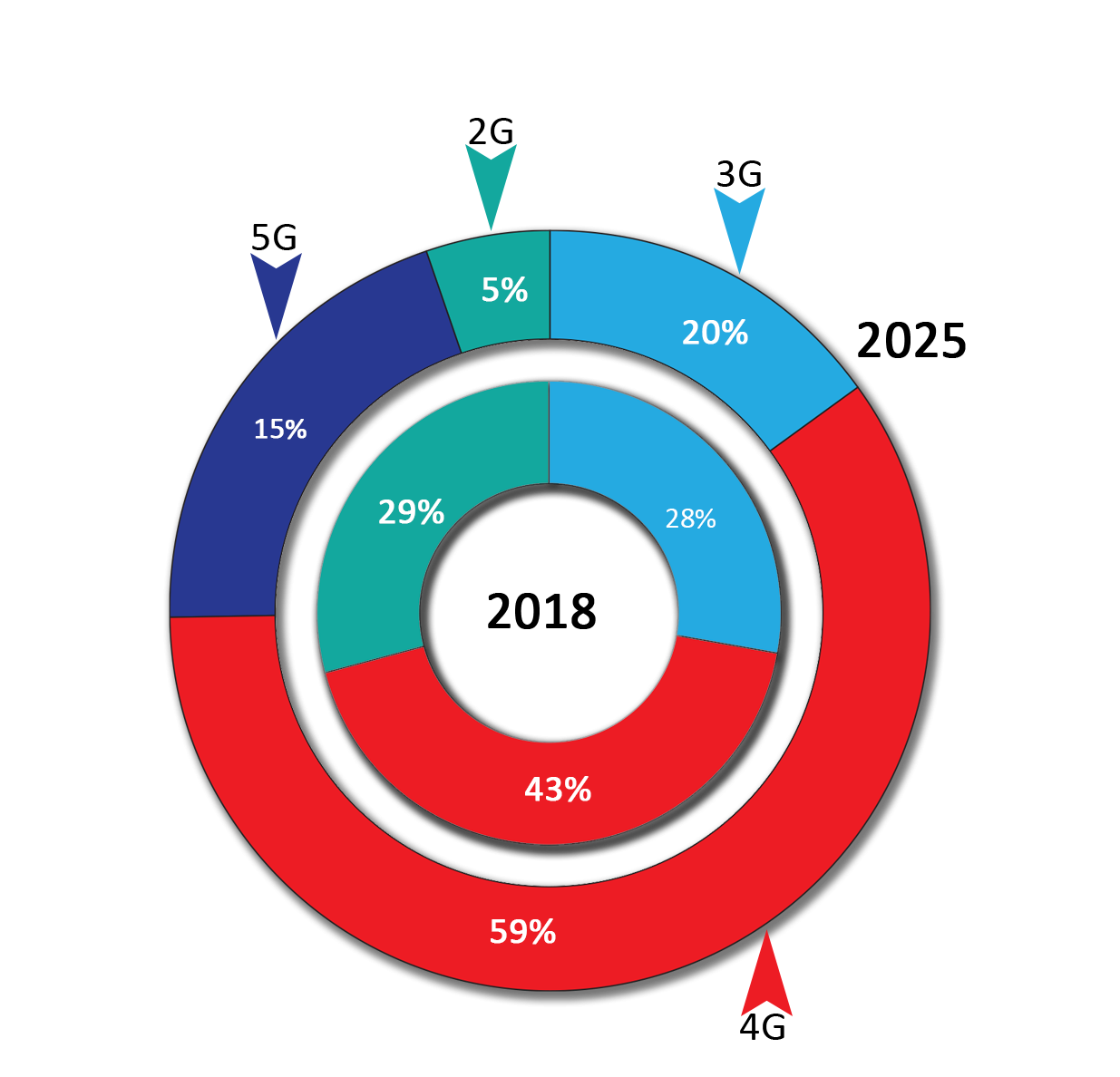5G technology represents a huge commercial opportunity for Operators. It allows enormous extension of value propositions in enterprise, IOT and lifestyle market offerings through directly provided devices/content/services or by means of value-chain collaboration and enablement. However, there are challenges with 5G, including how to quickly and efficiently adopt 5G whilst ensuring optimised 4G continuity and how to manage these service offerings in a more automated network environment that will require seamless service availability on 5G as well as 4G and other more legacy network traffic.
5G Data Bridge is effectively a “handler” of 4G/5G capabilities in hybrid environments and as such it enables 5G services to roll out with confidence whilst safeguarding 4G assets. It is a means to handle Diameter-dependent services on CHF / PCF (5G charging and policy functions) and adaptable for reverse-direction REST to Diameter. It is highly adaptive to more efficiently enable the dynamic and diverse service environment that 5G business (and profit) will give rise to.





